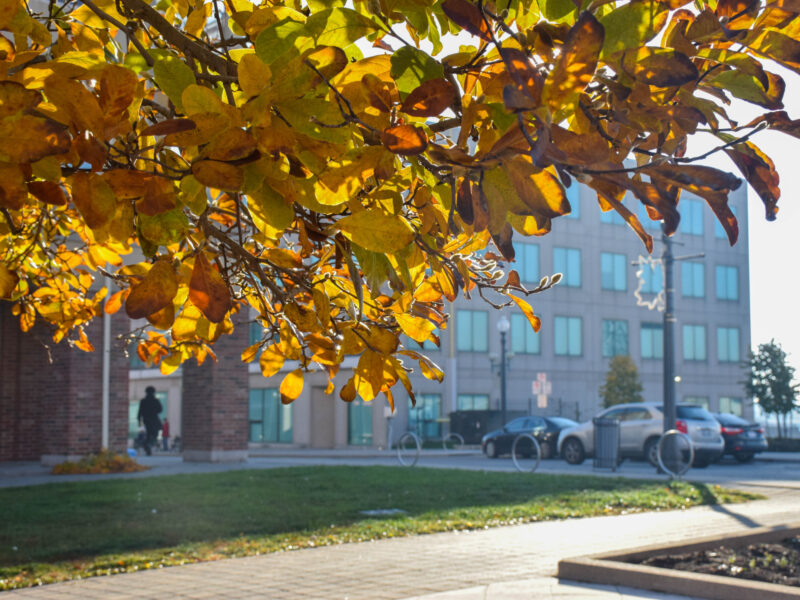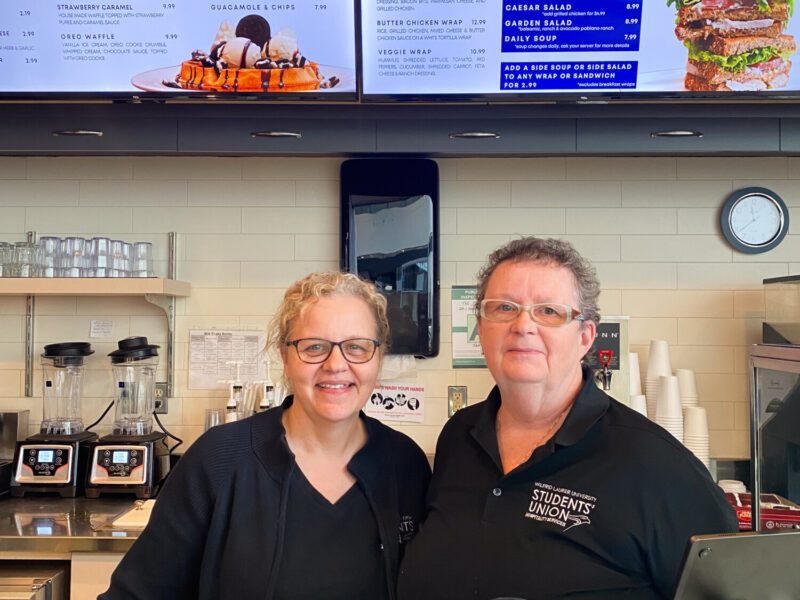– Marco Brasil, staff
It’s fair to say that everyone feels they are being overcharged for their education, but those in Ontario appear to be the hardest hit.
According to Statistics Canada, the average cost of tuition in Canada which has gone from $4,400 in 2006 – 2007 to $5,138 now. Compare this to the average cost of tuition in Newfoundland in 2006 – 2007, which was $2,633 and has now gone down to $2,624. While $5,138 may look expensive to some, there are some provinces where people pay more than that per year.
According to Statistics Canada, the four provinces with the highest average tuition costs in the 2010- 2011 academic year are Ontario with $6,307, New Brunswick with $5,516, Saskatchewan with $5,431, and Alberta with $5,318.
Ontario is the only province paying over $6,000 for tuition.
Even then, this is just the average. Students in Ontario studying in the field of Dentistry pay $24,450 while in Quebec, they only pay $3,109 per year. Students studying Pharmacy pay $20,974 in Ontario but only $2,179 in Quebec. Students of Medicine pay $18,400 in Ontario but only $2,613 in Quebec. Students studying Law pay $12,157 in Ontario and only $2,359 in Quebec. These are only some of the programs with major differences in tuition.
If students of these fields were to study in Quebec, they could save anywhere from $39,192 to $85,364. This would not be the only benefit of studying in Quebec. Along with the financial advantage, students in Quebec would have to speak French. This means that students from Ontario who study in French would be able to become bilingual when they graduate from university which makes job hunting in Ontario considerably easier.
20-year-old Shaun Rollo, who has not gone to a post-secondary institution since graduating high school in 2009, decided to work to save money for university.
“I’m originally from Quebec and I’ve been working at Sobeys for 3 years to save money but because the school is cheaper in Quebec. I’m probably going to go there for school and not have to pay back money from loans or OSAP,” Rollo said.
People are starting to notice the high cost of tuition in Ontario and are not happy about it. Like Shaun, many are considering schooling elsewhere. This spells financial trouble for Ontario universities if large amounts of students start jumping ship.
The average student in the Maritime provinces has between $21,000 and $28,000 in debt at the end of their studies. This is compared to Quebec, where students have only $13,000 in debt. The problem is not simply that there is a lot of money owed back. A slow job market is making it difficult for students to find careers right out of the gate, which makes paying back student loans difficult.
Some students are in luck. There are a few majors where you are guaranteed a job. A student with a degree in actuarial science for example, has a 100 per cent employment rate. Actuarial science majors can get a job assessing risks for insurance companies and financial industries. It was ranked the top job in the United States in 2010 by job search website CareerCast. Meanwhile, students with a degree in environmental engineering have a 97 percent chance of employment. Environment engineers work to improve the environment, and because society is concerned with being environmentally friendly, these people have very little trouble finding a job. The problem however, is that the average student does not aspire to be an actuarial scientist or work in environmental engineering.
Some universities do not have programs for any of these top employment-ensured programs, such as Laurier Brantford. A student looking for a job where they make between $40,000 and $75,000 will spend an average of 25 weeks job-hunting before they finally find a secure job. This is roughly six months, which is how long OSAP gives students to pay back their loans interest-free.
Danielle Nettleton, a third year History student at Laurier Brantford says, “I have six months to find a job and to start paying it back so I probably won’t be able to pay a lot back at first because there are a lot of things that come before paying back OSAP. I’d need to find a job, find a place to live and pay for that, and then the necessities like food.”
When asked if she thinks she can pay back OSAP within 4 years, the average length of a university program, Nettleton was doubtful.
“Probably not, because I’ll be owing about $40,000 plus interest,” she said.
This isn’t an isolated case. Many students will face the same issue and the alternatives, like moving back in with their parents, seem much less appealing.
A quick skim through different online message boards suggests that it takes roughly 10 years to pay off a student loan. By the point it is paid off in full, most people will have paid their loans off twice because of all the interest that is piled onto it. To avoid extra interest charges, it’s advisable to pay more than the monthly requirement. It just means there’s less money they can charge interest on the next month.
Some students feel that OSAP is given to students who are undeserving of it at times. Students who can afford to go to school are sometimes given more money and use this to pay for luxuries instead of necessities. In the United States, instead of OSAP there is the Free Application for Federal Student Aid or FAFSA. FAFSA gives students money to help pay for school based on their family income. They give enough money to pay for classes and some extra necessities. However, if you drop or fail a class, you owe that money back. Many feel this is a fairer way as it takes family income into account so that students who are more deserving or in need can have the money that they require.
Nelia Bettencourt, a freshman nursing student at the Mercedes Junior College in California, says, “Well I’m not rich and neither is my family. We’re probably considered poor to most. There is no way I could afford school without FAFSA. I would have to get loans and I would have to work twice as hard to pay them back and even then I’m not guaranteed a job after college.”
Because of FAFSA’s help, Nelia is able to go to school and become a registered nurse without worrying about paying back all her student debt. The rise of tuition costs in Ontario makes programs like FAFSA seem more appealing. But the question still remains: with the costs of school going up almost yearly, is it really going to pay out in the end?



